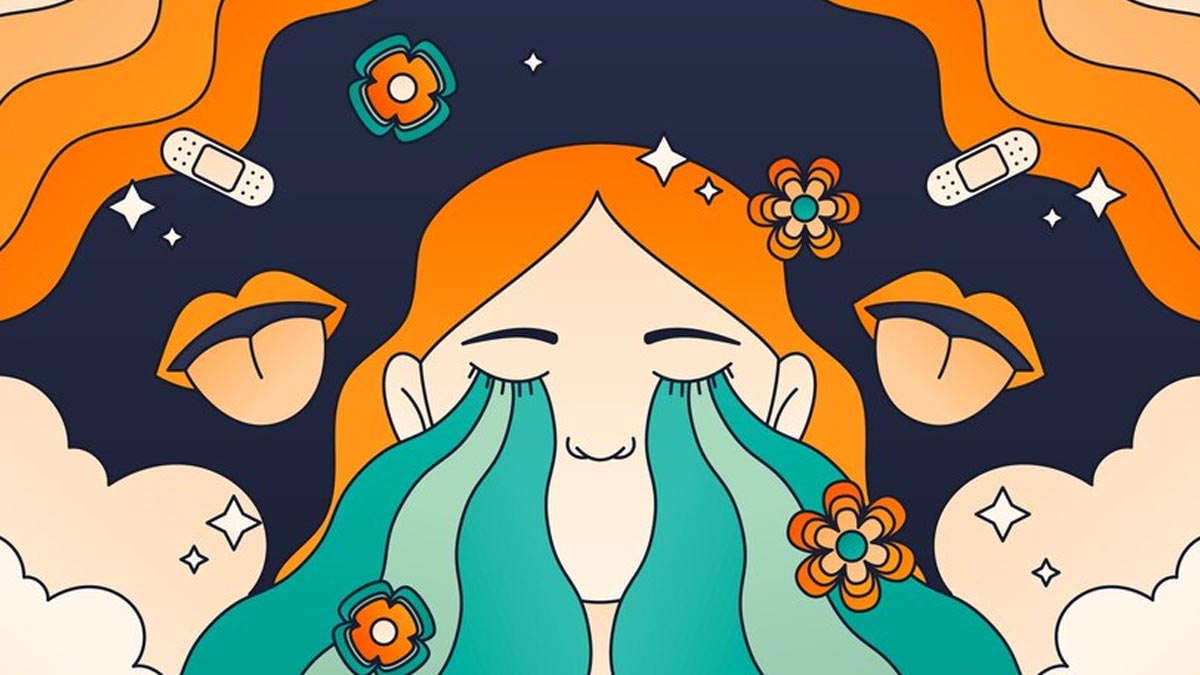
You've probably heard of or read the book titled Alice in Wonderland by Lewis Carroll. If not, you may have watched a film with the same title. The story is about a girl named Alice who falls into a rabbit hole and lands up in a fantasy world, full of weird people and animals. But did you know that there is a rare neurological disorder named after the book called the Alice In Wonderland Syndrome, also known as Todd’s syndrome or dysmetropsia? We spoke to Dr Praveen Gupta, Director and Unit Head, Neurology, Fortis Memorial Research Institute, Gurugram, to get a detailed understanding of the condition.
Table of Content:-
Also Read: When Should You Take Supplements? Expert Lists Factors To Consider
What Is Alice In Wonderland Syndrome (AIWS)?

AIWS is characterised by abnormal perception of external objects and body parts which creates a fantasy-like perception, said Dr Gupta adding that the neurological disorder is common among children and adolescents.
A study published in Journal Neurology Clinical Practice describes AIWS as a rare sensory perception disorder, most often caused by migraine in adults, “causing distorted perceptions of time and space, vision, hearing, and somesthetic sensations similar to the experiences of the protagonist of Lewis Carroll's classic novel Alice's Adventures in Wonderland.”
Symptoms Of AIWS

A study published in the Journal of Pediatric Neurosciences states that the foremost symptom of the AIWS is an altered body image. "The person observes sizes of parts of the body wrongly. More often than not, the head and hands seem disproportionate, and in general, the person perceives growth of various parts rather than a reduction in their size. Another most significant symptom of the AIWS is that the patient perceives the sizes of various other objects inaccurately," the study authors wrote.
Furthermore, there is a disruption in the sense of time. A person suffering from AIWS may either feel like the time is passing very slowly or extremely swiftly.
In addition, according to Dr Gupta, migraine is one of the most common symptoms of AIWS. This can include a migraine aura, visual derangements, hemi-cranial headache, nausea, and vomiting. Some people may also experience strong hallucinations, meaning they may visualise things that are non-existent and may also get the wrong impression about certain situations and events.
Also Read: Breathlessness Can Be A Sign Of Iron Deficiency: Expert Shares Other Warning Signs
‘We Had A 12-Year-Old Patient’
Dr Gupta talks about a 12-year-old patient with AIWS symptoms. “We had a 12-year-old patient, a known case of complex partial seizures, who was on treatment for epilepsy. He suddenly started seeing objects as tilted and enlarged, lasting a few seconds to minutes. His symptoms changed in response to anti-seizure medicines. Such patients are best treated with anti-migraine medications or anti-seizure medicines. Often drugs may treat both epilepsy and migraine,” the doctor noted.
An MRI, brain Electroencephalo Gram (EEG) and other tests may be used to identify AIWS. Usually such imagery is intermittent and lasts for a few seconds to minutes. It may be followed by headaches or loss of consciousness, said the doctor.
Also watch this video
How we keep this article up to date:
We work with experts and keep a close eye on the latest in health and wellness. Whenever there is a new research or helpful information, we update our articles with accurate and useful advice.
Current Version